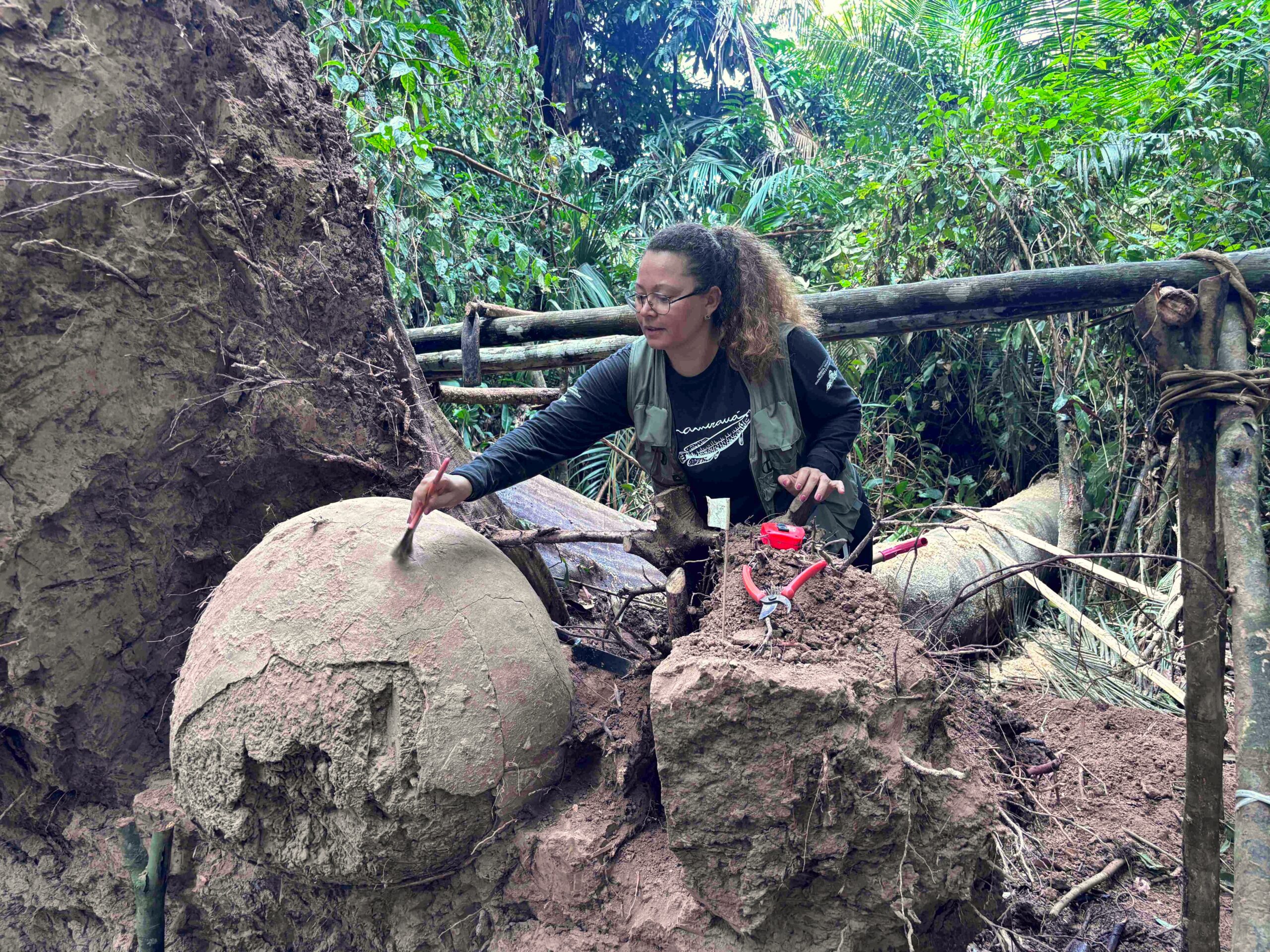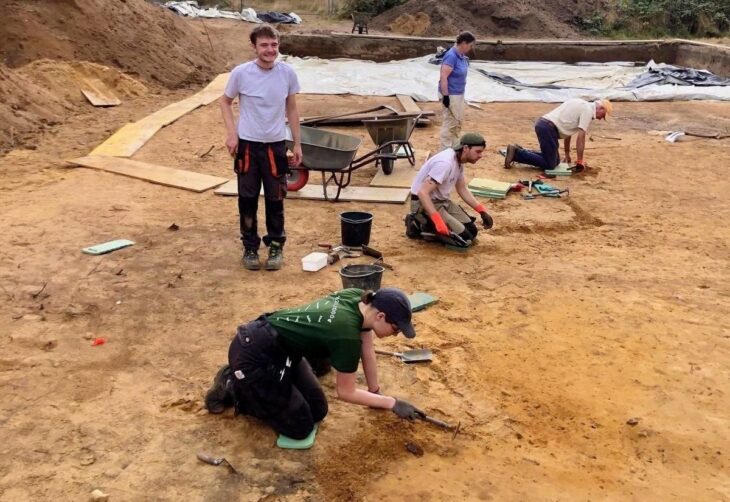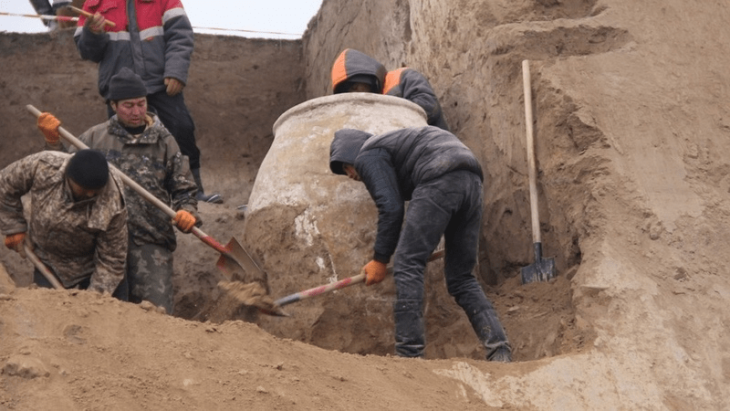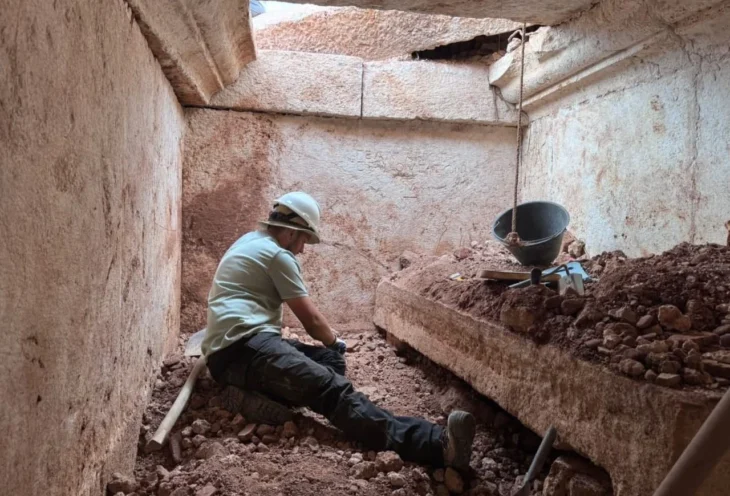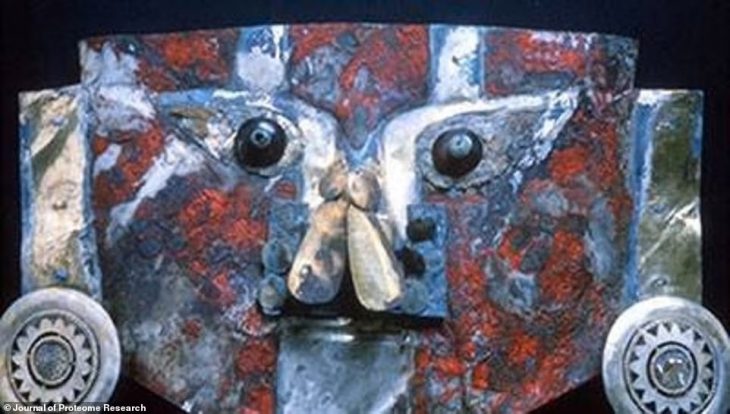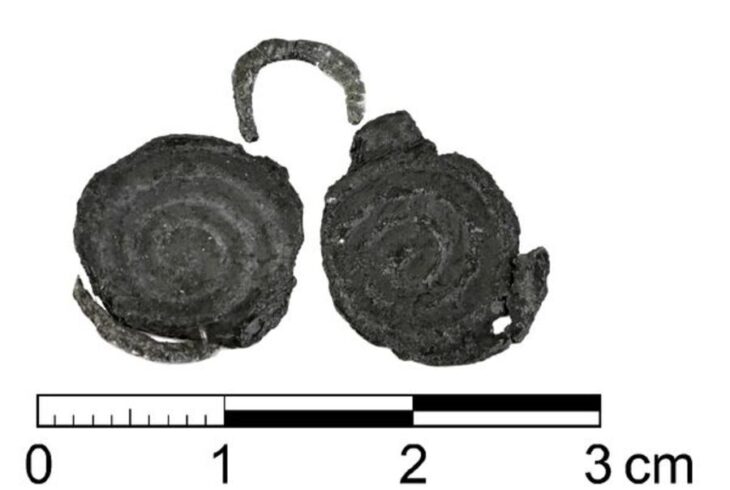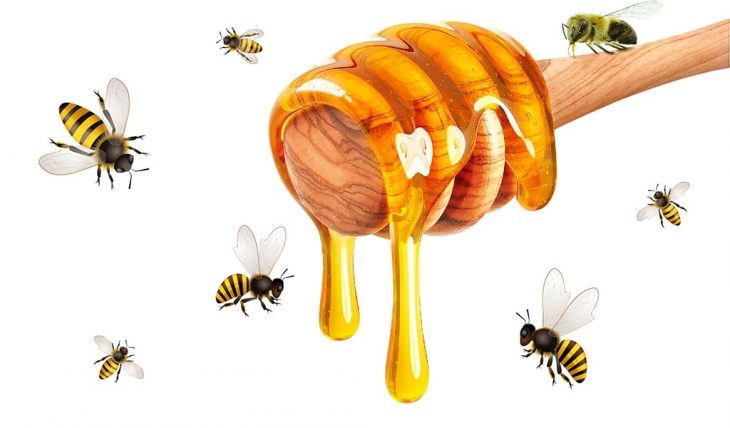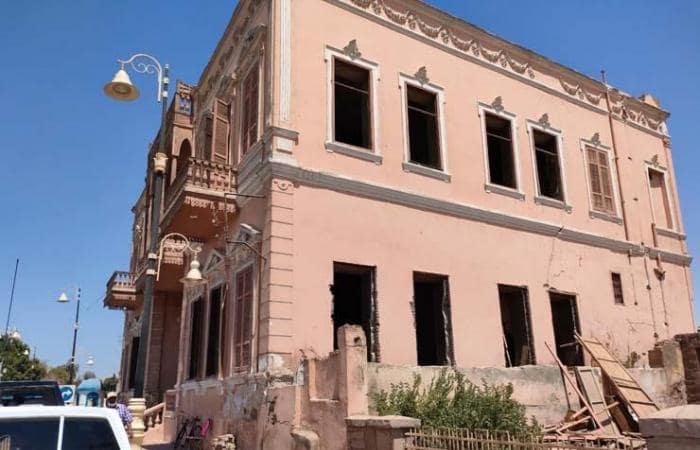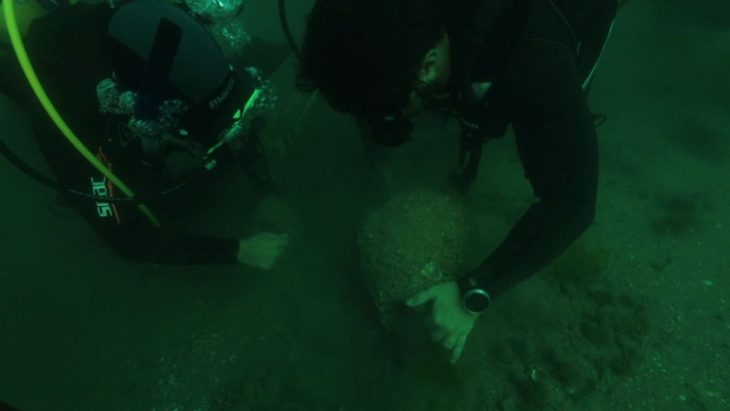A remarkable archaeological discovery in the heart of the Amazon—seven giant funerary urns buried beneath a fallen tree—is offering fresh insights into the ancestral lifeways of Indigenous peoples who inhabited the region’s floodplains for centuries, perhaps even millennia.
Seven ceramic funerary urns, two of them unusually large, were recently unearthed beneath the roots of a fallen tree in the várzea (seasonally flooded land) area of Lago do Cochila, a site in the municipality of Fonte Boa. The urns were buried roughly 40 centimeters deep, likely beneath what were once Indigenous homes. Their location and contents are now reshaping academic assumptions about Amazonian settlement and ritual practices.
“These are artificial islands, built using earth and ceramic fragments to raise the land and resist seasonal flooding,” explains archaeologist Márcio Amaral from the Instituto de Desenvolvimento Sustentável Mamirauá (IDSM). “It’s sophisticated Indigenous engineering—evidence of dense and permanent occupation in the past.”
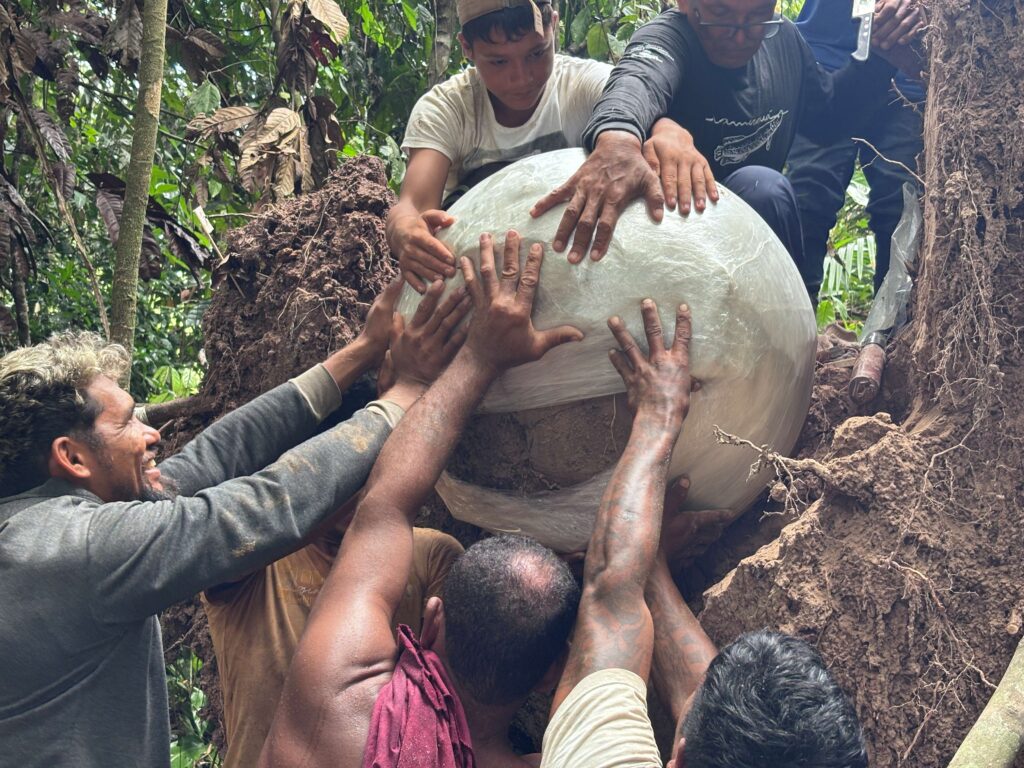
Community Collaboration and Unprecedented Excavation
The discovery was made possible thanks to the sharp eyes of Walfredo Cerqueira, a local pirarucú (giant fish) handler, who noticed strange artifacts exposed by the uprooted tree. His tip launched a collaborative expedition led by IDSM’s Research Group on Amazonian Archaeology and Cultural Heritage, with strong participation from residents of the São Lázaro do Arumandubinha community.
The remote location and unstable terrain required building a raised platform 3.2 meters above the ground using local wood and vines. Excavation was performed using a stratigraphic measuring tool called a datum, a method rarely used in such an elevated setting. According to the IDSM team, the entire process was a logistical and technical landmark.
📣 Our WhatsApp channel is now LIVE! Stay up-to-date with the latest news and updates, just click here to follow us on WhatsApp and never miss a thing!!
“We had never excavated at that height,” said Amaral. “It was entirely collaborative and completely new to us.”
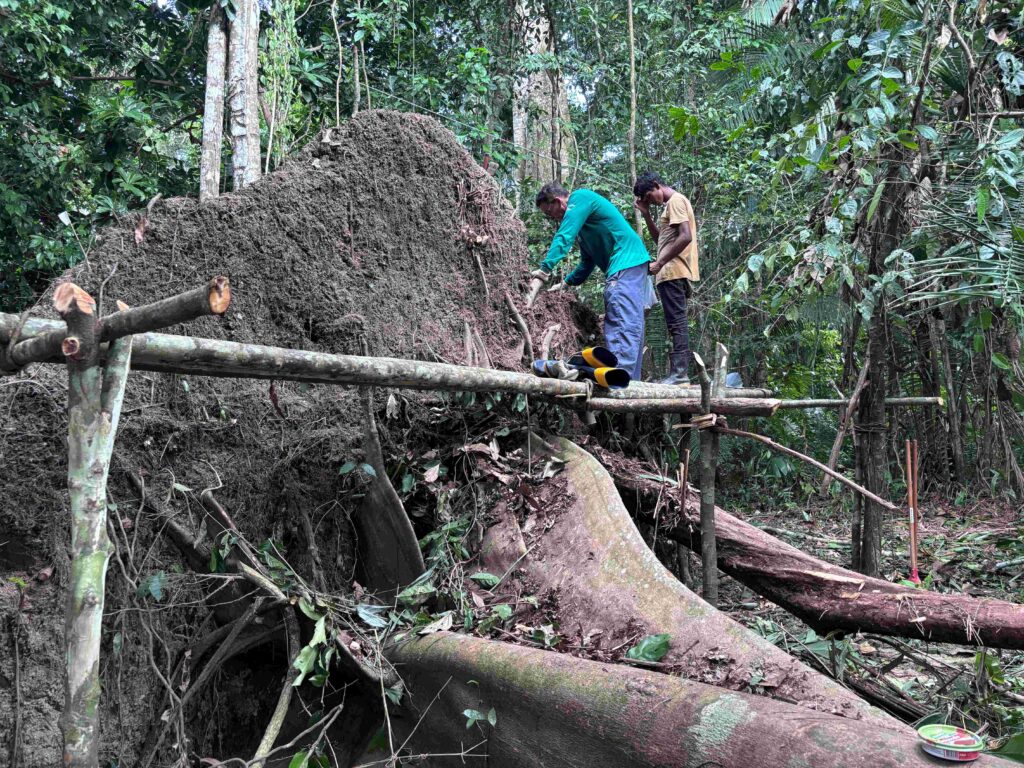
Ceramic Diversity Suggests Unknown Cultural Tradition
Inside the urns, researchers found human bone fragments, along with remains of fish and chelonians (turtles)—likely part of funerary rituals intertwined with food offerings. Notably, none of the urns had ceramic lids, suggesting the use of organic materials that have long since decomposed.
After a 10–12-hour river journey, the urns arrived safely at IDSM’s headquarters in Tefé. Researchers used a protective system involving plastic wrap, plaster bandages, bubble wrap, and wooden supports. Their successful transport highlights the vital role of local knowledge and artisanal skill.
Preliminary lab analysis revealed an unusually diverse ceramic profile, including pieces made with greenish clay (rare in the region) and decorative red slips and bands. These features don’t match any known Amazonian ceramic traditions—like the widely studied Amazon Polychrome Tradition—hinting at a possibly undocumented cultural lineage in the Upper Solimões River basin.
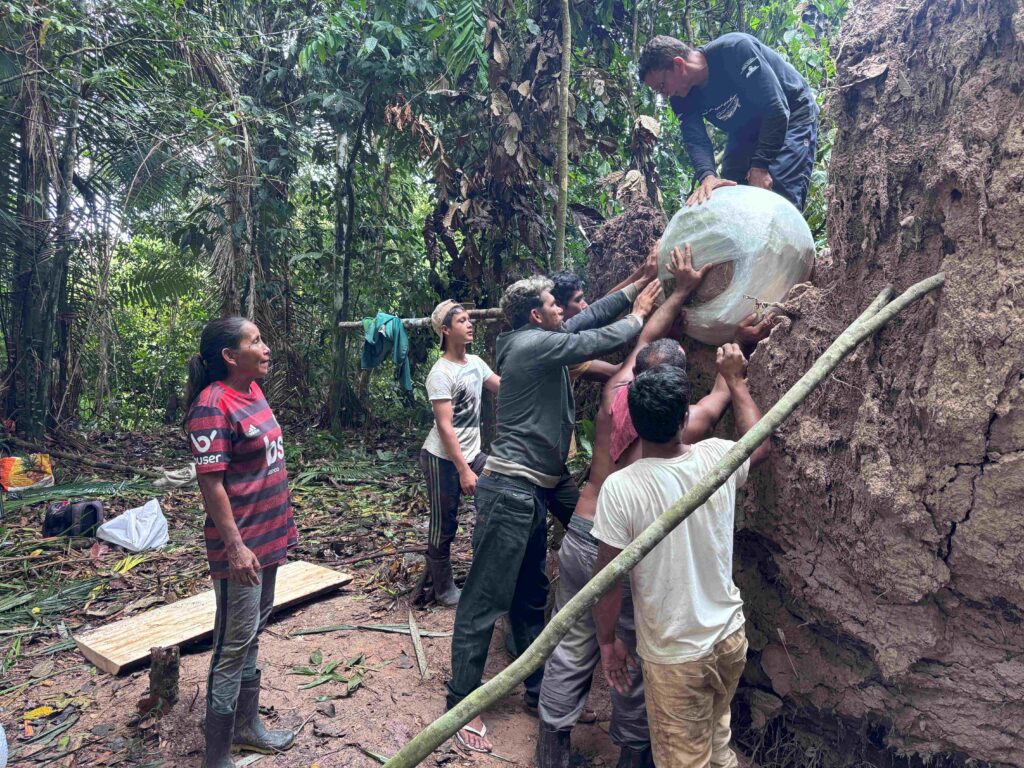
Rethinking the Floodplains: Permanent, Not Temporary
Contrary to long-held academic beliefs that várzea areas were only used temporarily, the findings strongly support the idea of long-term, even permanent habitation. The artificial elevation of land, complex funerary customs, and ceramic diversity all point to a sophisticated, stable culture well adapted to the dynamic Amazonian environment.
“This research is more than archaeology—it’s about building knowledge through respectful collaboration with traditional communities,” emphasized Amaral.
A Living Past, A Shared Future
The Mamirauá Institute’s approach—blending scientific methods with Indigenous expertise—not only enriched the excavation but also emphasized a powerful truth: protecting archaeological heritage depends on engaging those who live closest to it.
As IDSM researcher Geórgea Layla Holanda put it, “We didn’t just work in the field—we shared meals, exchanged stories, and followed the rhythm of the community. We learned as much from them as they did from us.”
Instituto de Desenvolvimento Sustentável Mamirauá (IDSM)
Cover Image Credit: Márcio Amaral-Instituto de Desenvolvimento Sustentável Mamirauá (IDSM)

